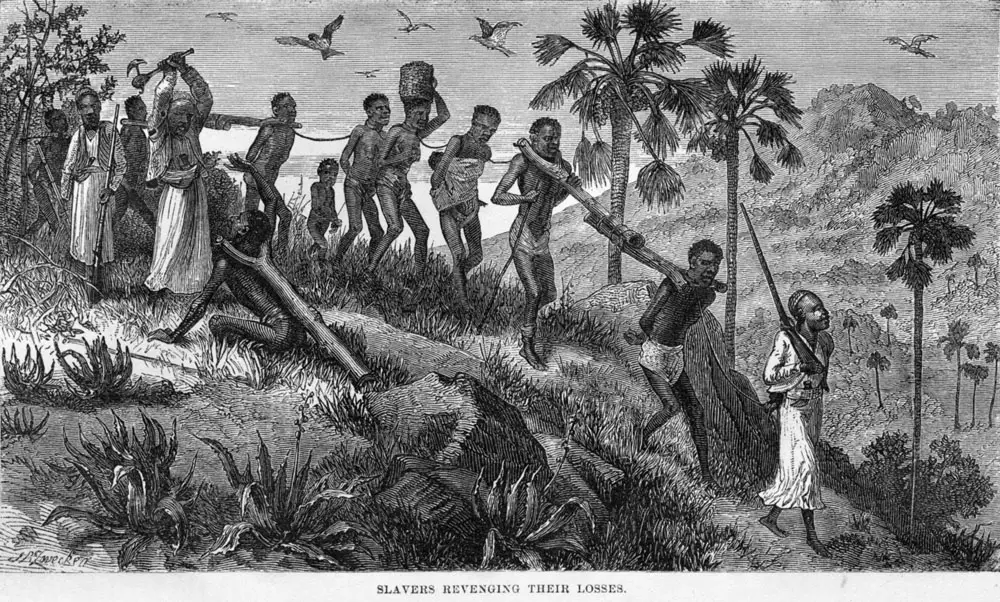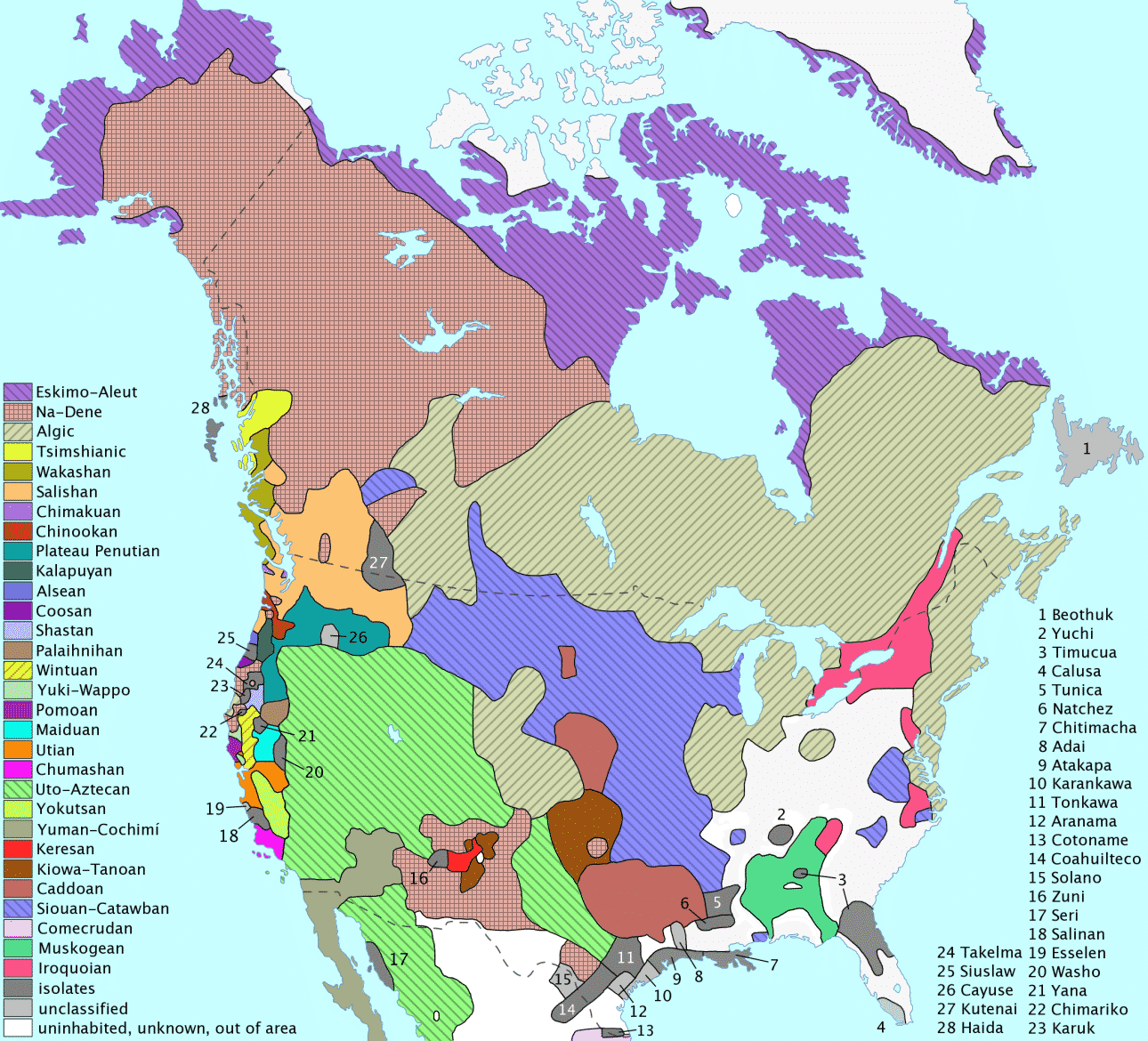Positives Of The Columbian Exchange
Columbian Commutation refers to the bilateral movement of people, animals, crops, cultures, and diseases across the Atlantic that began with Columbus. In 1492, Christopher Columbus convinced the Castilian Monarchs Ferdinand and Isabella to back up his attempt to reach Asia by sailing west.
Columbus never found a new route to Asia, merely he managed to stumble into an unknown world. He returned to the New World three times between 1493 and 1502. By the time Columbus died, he had created a cultural collision with long-lasting worldwide results. Mercantilism concepts were introduced to the new world as a result.
The Age of Exploration and resultant colonization that Columbus sparked had profound effects on his own fourth dimension. His discovery eventually set the stage for the modern globe. This article discusses the pros and cons of the highly debated Columbian Exchange.
Pros of the Columbian Exchange
1. Crops providing significant food supplies were exchanged.
Some of the crops Europeans brought to the New World accept get food source staples effectually the world. These crops include wheat, barley, soybeans, rice, and various leafy vegetables. They also brought with them coffee, sugarcane, bananas, citrus, and other fruits, olives, and wine grapes.
In the New World, explorers and colonists discovered sweetness potatoes, white potatoes, tapioca, squash, tomatoes, corn, peanuts, and a wide variety of beans. Cash crops like cotton, tobacco, peppers, cacao (chocolate), vanilla, pineapple, avocados, and rubber quickly transformed global trading.
Cotton wool rapidly became a significant export cloth. Chocolate actually became a symbol of Spanish power, wealth, and status. Spanish royalty managed to keep chocolate a surreptitious for virtually a century!
ii. Amend food sources led to lower mortality rates and fueled a population explosion.
Because corn effectively tin produce more food per acre than other crops, information technology has go a critically of import nutrient source effectually the earth. Potatoes, mayhap more than whatever other food source, became a disquisitional source of food for many Europeans.
Potatoes were originally seen as food for the poor. However, because potatoes grow hush-hush, marauding troops cannot efficiently destroy irish potato crops. Therefore, potatoes gradually became a popular nutrient source. Some scholars fence that the murphy led to the rise of Western Europe!
A little over a century subsequently Columbus outset landed, Europe'south population grew by 20 meg. Between 1650 and 1850, the world'south population doubled. Currently, New World food sources provide more than than one-third of all nutrient sources for humans and animals.

3. Livestock and other animals were exchanged.
Goats, sheep, cattle, pigs, and chickens came with the Europeans from the Onetime World. Europeans also brought donkeys, oxen, and mules, their "beasts of burden." Turkeys, Llamas, and Alpacas were shipped with returning explorers to Europe. Long valued by the Incan civilization for transportation and as a source of meat and clothing, llamas at first were simply a curiosity in Europe.
Cattle quickly became valuable to both the newcomers and the native population. Spanish newcomers created vast ranchos with many thousands of cattle, providing meat for many and hides for export. Wild longhorn cattle populations grew in the areas now known equally United mexican states and Argentine republic. Pigs rapidly multiplied and grew big and wild the New Earth, offering protein for the taking.
4. Horses were reintroduced to the New World.
The animal that undoubtedly made the biggest impact on the native population of the New Earth was the horse. Although horses may have originated in the New World, they were extinct before Europeans brought them from the Old World.
At first sight, the native population believed the Europeans were riding big deer. Once they understood the speed and agility the horse provided, the Slap-up Plains Indians became fierce mounted warriors and buffalo hunters.
5. New technologies were introduced to the New World.
Although the New World inhabitants may accept known about the wheel, without horses or oxen they had no employ for wheeled methods of transport. The wheeled vehicles of Europe soon occupied the New World, forth with iron, steel, and gunpowder.
Columbus carried vastly superior technologies into the New Earth. The natives had never seen large ships, guns, swords, or shields. This likely contributed to the native population's perception of his origin. Columbus wrote to the Castilian Monarchs, "They all the same think I come from heaven."
Cons of the Columbian Exchange
1. Native populations were enslaved.
Columbus apace saw the potential for involuntary manpower in the Caribbean. Columbus recorded this potential in his diary, which he gave to the Spanish Queen. He wrote, "With 50 men, nosotros could subjugate them all and make them exercise whatever we want."
When Columbus returned to Spain, he left a settlement backside and almost twoscore of his men. When he returned in 1493, the Villa de la Navidad was destroyed and his men were dead. He used this incident as a justification to have slaves.
Columbus may have been the get-go to note the potential use of the native population as slaves, but he certainly was not the last. The Spanish crown granted the conquistadors official encomienda's granting them the right to employ the Indians as a workforce in mines and ranchos.
two. Diseases were introduced to vulnerable populations.
Diseases traveled apace betwixt the Old and New Worlds along with people and cargo. The New Globe populations were relatively healthier than their European counterparts at the beginning of the commutation. All the same, they were not allowed to the many diseases that Europeans carried with them. Some of these diseases were childhood diseases in Europe, like measles and chickenpox.
The deadliest disease, smallpox, wiped out a big percentage of the native population. The beginning smallpox epidemic on the isle Columbus claimed, Hispaniola, began in 1518 among the native Taino peoples. Within a century, the Taino were extinct.
Hernando Cortez had taken control of the Aztec upper-case letter city in 1519 but was driven out by a revolt. When he returned to try once more, smallpox had wiped out a third of the upper-case letter's population. The inhabitants were sick and starving. Cortez easily regained and maintained command of the metropolis.

These experiences were often repeated elsewhere. Over a menstruum of about 300 years, roughly xc% of the native population in the New Globe was extinguished through disease or the effects of a disease, such as starvation and lack of medical care.
During the French-Indian war, there is one documented case of the use of smallpox as a weapon of biological warfare. Correspondence between two war machine leaders in Due north America reveals a plan to disseminate smallpox among the native population via contaminated blankets.
3. Native populations were forcibly converted to Christianity.
Christopher Columbus stated one of his goals when he petitioned the Castilian Monarchs: "To acquit the Proper noun and doctrine of Jesus Christ into regions so afar." Indeed, when he arrived in the New Globe ane of his get-go actions was to establish a cantankerous into the soil and merits the region for Christ and King.
When he returned in 1493, Columbus brought with him several Catholic priests to convert the natives to Christianity. A long history of ideological battles between ethnic religions and Christianity began. This was a battle the native peoples seemed destined to lose. The combination of enslavement, war, and disease weakened the natives and Christianity appeared to accept won.
However, many of the native peoples continued to exercise the "erstwhile" religions, if only in secret. Some elements of these religions remain today in Central and Due south America. One former tradition still adept is the initiation rite, which is practiced in a variety of ways among Latin American populations. Another instance is the social importance of the shaman as a religious authorisation in South America.

4. African slaves were imported.
Spanish conquistadors plant that the indigenous people they enslaved were dying from disease and exhaustion. They exhausted other resource for manpower, including indentured slaves, convicts, and kidnap victims from Europe. However, by this point (1550) malaria and xanthous fever had crossed the Atlantic from Africa. These diseases were killing both Europeans and Indians.
Most every European country took a turn at importing slaves from Africa and selling them in the New World. These slaves handled the tropical heat better than Europeans and were stronger, hardier slaves than the native population had proven to exist. From the 1550s to 1870 when slavery was abolished, roughly 10 million Africans were sold into slavery in the New World. This fact solitary brought untold human suffering to the New Globe.
5. Vermin, pests, and weeds were unintentionally exchanged.
European explorers and settlers brought with their cargo the rat and the fleas that infested rats. In return, squirrels stowed away in cargo holds of ships returning to Europe. The dandelion chop-chop was transferred to Europe, and kudzu, a Japanese vine, fabricated its appearance in the American South, where it grows on nigh annihilation bachelor.
6. The exchange led to a dramatic restructuring of the New Globe.
Very few areas of the New World remain in the country Columbus and later explorers and settlers found. Few of the native inhabitants remained to keep their heritage alive. Forced conversion and indoctrination were widespread through North, Heart, and South America, drastically irresolute the lives of the natives remaining.
North American Indians were driven from their homelands and their lifestyles. Indians in Middle and South America struggled to go along themselves and their traditions alive while beingness assimilated into Latin American cultures. The New World now consists of North, South, and Middle America – in a world where null is like it was earlier.
7. A worldwide drug trafficking and addiction problem was unleashed.
The Spanish conquistadors noticed that when native Indian slaves chewed coca leaves, they were able to work longer and harder. This discovery led to the discovery of cocaine, which eventually created widespread drug trafficking and addiction issues. Coca is yet commonly grown in several areas of Due south America and cocaine is trafficked throughout the world.
Conclusion
One point near the disharmonize still raging about the effects of the Columbian Exchange is worth noting. History has long been written past the winners. But inside the terminal century has anyone seemed to notice that the other side has a betoken-of-view well-nigh historical events. This awareness is a positive gain for history and humanity equally a whole. We take been given many sides to many stories recently, and this social and historiographical development brings with it a good chip of hope.
Positives Of The Columbian Exchange,
Source: https://www.ablison.com/columbian-exchange-pros-and-cons/
Posted by: helmdoughs.blogspot.com


0 Response to "Positives Of The Columbian Exchange"
Post a Comment